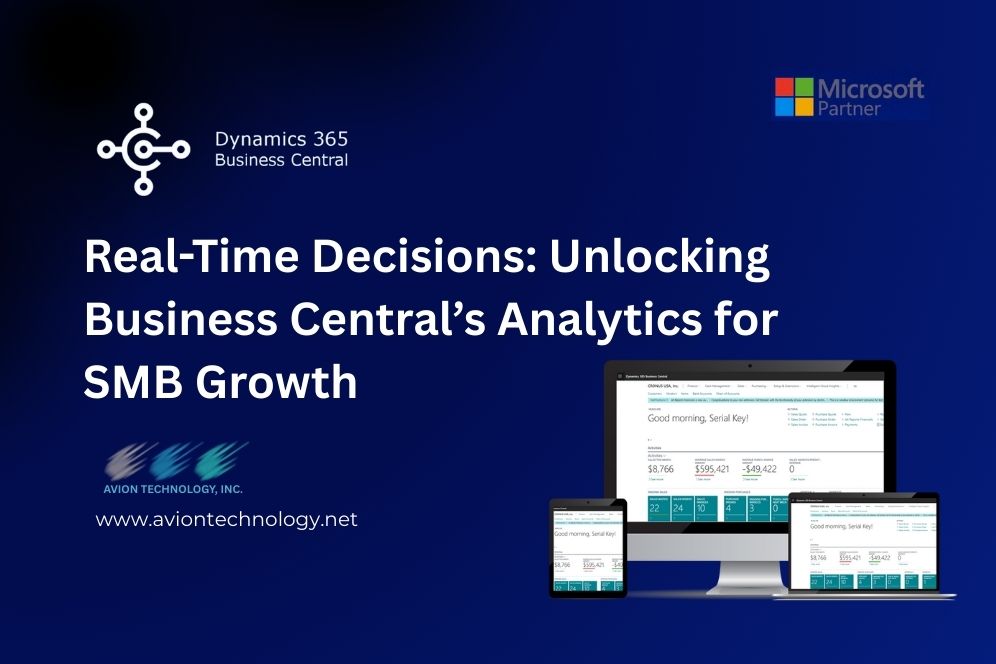In this age of digital transformation, new technologies have produced both possibilities and difficulties for enterprises. Advanced technology is becoming more widely available to a larger audience. Only large corporations had access to the most modern technology breakthroughs in the past. Digital technology is now accessible to organizations of all sizes. Such accessibility enables a rising digital culture, which may provide several benefits across all corporate operations. According to studies, 55 percent of start-ups have already embraced a digital business strategy, compared to 38 percent of established firms, and start-ups with digital-first plans boost revenue by 34%.
Digital transformation may help your firm save money and stand out from the crowd. Revenue growth is greatly aided by digital transformation. And as the 2020 pandemic showed, it was not just a growth element but also a lifeline for enterprises to survive.
The Pandemic Booster:
The COVID-19 dilemma appears to present a startling look into a future society where digital has become crucial to every encounter, driving businesses and individuals to move quickly up the adoption curve. A future in which digital channels are the primary (and, in some cases, exclusive) method of consumer contact and automated processes are the primary engine of productivity—and the foundation of flexible, transparent, and reliable supply chains. A future in which agile working methods are required to meet daily changes in client behavior.
According to a survey, within six months after the pandemic’s onset, the values of digitally mature enterprises increased by 23%. The importance of the least digitally advanced enterprises increased by only 7%. Companies are doing more online commerce as customers do. The crisis hastened the adoption of digital transformation by three years. Organizations are now three times more likely to claim that at least 80% of their consumer contacts are digital.
Digital Maturity and Transformation:
Not all digital transformations are the same. As seen by the shops in the preceding example, a level of digital maturity is critical to revenue growth and business survival. Digital maturity is a long process that equips organizations with the tools to navigate the future. In other words, digital transformation is reactive, but digital maturity is proactive.
That is not to imply that digital change is blind. The cornerstone of digital transformation is technology (although it takes much more than tech). Consider the following example of digital transformation in the absence of digital maturity:
Moving beyond the CRM, your marketing department may utilize a marketing automation platform, while your sales department may use a CRM. If each forum is categorized and not connected, you’ll have more challenges than efficiencies. Both are critical components of digital transformation and customer-centricity, but as silos, they hamper essential cooperation in the absence of an integration strategy.
A Fresh Perspective on Profit Margins and Growth:
Traditional margin improvement approaches, including operating model transformation, outsourcing, and external expenditure reduction, are soon becoming table stakes that are unlikely to produce the requisite margin and performance improvement.
Businesses should consider a new approach to margin and business improvement that can assist them in identifying, prioritizing, and pursuing new growth opportunities. Processes like generating cost savings, freeing up cash, and supporting the development of capabilities and talent required to achieve their strategic vision to help them thrive in an uncertain environment. This innovative technique includes several crucial components:
- A clear idea of the surroundings
- Understanding the value lever trade-offs
- Using many tactics at the same time
- Using modern technology to their full potential
- Organizational alignment
A Comprehensive Approach to Revenue Growth
Sustaining growth is challenging for any business, but the benefits are enormous: organizations that exceed their rivals in revenue growth and economic profit generate more returns to shareholders every year.
Several reasons contribute to growth transitions being a long-term task. Successful growth initiatives need cross-functional collaboration, but businesses frequently fail to identify an end-to-end owner accountable for results. Attractive end markets constantly shift and create new possibilities, but few firms can effectively reallocate resources. Digital technology and analytics have the potential to accelerate growth. Many businesses lack the essential expertise and competencies in analytics and general management tasks.
A comprehensive approach to increasing portfolio and market performance, commercial excellence and innovation, and business development may compound the top-line gains. Firms that successfully grasp one area have attained yearly growth rates one percentage point greater than the sector average. On the other hand, mastering two or all three categories may improve annual growth by 3.6 percentage points higher than peers.
Companies that efficiently use big data might create more income and produce more unique ideas and competencies. They develop new income streams, company divisions, and stand-alone enterprises.
Many organizations have large volumes of data that have the potential to be utilized to reduce costs or improve customer experience. Having data is not enough. Using it efficiently will make informed judgments. Understanding the impact of that information on the firm’s profit margin is critical for developing a plan that maintains the company’s profitability. Obtaining the correct information entails determining whether data is pertinent to the company’s decision-making process.
Digital transformation is a challenging task. Each organization must assess its prospects, needs, and resources to prioritize its activities and achieve its objectives.
Resource:
https://www2.deloitte.com/us/en/pages/operations/articles/global-cost-management-survey.html
https://www.pedowitzgroup.com/digital-transformation-revenue-growth/
https://www.mckinsey.com/industries/advanced-electronics/our-insights/accelerating-revenue-growth-through-tech-enabled-commercial-excellence
https://datascope.io/en/blog/leverage-digital-technology-to-increase-revenue/
Disclaimer:
Wherever any material is quoted as sourced from the published text with publishing rights vested in an individual, it is stated that it is a pure quotation and has no intention to claim it as our own.
Image Source: www.freepik.com





